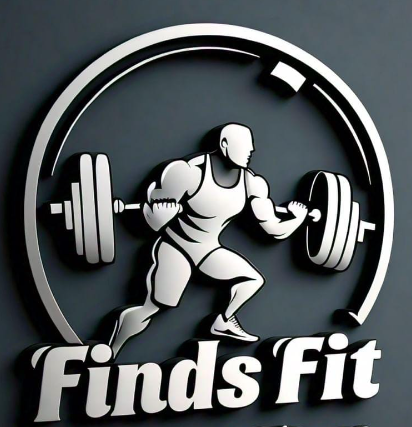Introduction to Soccer Balls
Whether you're a professional athlete, a weekend warrior, or a youngster just starting out, selecting the right soccer ball is crucial for enhancing your game. A soccer ball is not just a piece of equipment; it is the core of the sport, influencing how you train, play, and develop your skills.
Understanding Soccer Ball Sizes
Soccer balls come in various sizes, each tailored to different age groups and skill levels:
- Size 3: Designed for young players, ages 8 and under. These balls are lighter and smaller, making it easier for kids to handle and control.
- Size 4: Ideal for players aged 8-12. This size bridges the gap between junior and full-size balls, helping to prepare youngsters for the next level.
- Size 5: The standard adult soccer ball used by players aged 13 and above. It's the official size used in professional leagues and international matches.
Materials and Construction
The construction of a soccer ball greatly affects its durability, performance, and suitability for different playing conditions:
- Leather: Traditionally, high-quality soccer balls were made of genuine leather; however, they are less common now due to their heavier weight and higher maintenance needs.
- Synthetic Leather: Most modern soccer balls are made from synthetic materials like PU (polyurethane) and PVC (polyvinyl chloride). These materials provide durability and water resistance, with PU being the superior option for professional play due to its softer texture and better responsiveness.
- Rubber: Rubber soccer balls are typically more affordable and durable, making them ideal for practice and recreational use, especially on harder surfaces.
Types of Soccer Balls
Depending on your playing needs, there are several types of soccer balls to choose from:
- Match Balls: Designed for professional and competitive play, match balls meet strict size, weight, and shape regulations. They are usually made of high-quality materials to enhance performance and durability.
- Training Balls: These balls are built to endure the rigors of regular practice sessions with enhanced durability. They may not offer the same performance as match balls but are ideal for everyday use.
- Indoor Balls: Made with a felt or suede covering, these balls are less bouncy and designed for indoor soccer games or surfaces where a regular ball might not perform as well.
- Beach Soccer Balls: Larger and softer, beach soccer balls are engineered to perform well on sand, providing a different playing experience.
Choosing the Right Soccer Ball
To choose the best soccer ball that suits your needs, consider the following factors:
- Playing Surface: Determine where you will be playing most often—grass, turf, or indoor surfaces—and select a ball designed for that environment.
- Weather Conditions: If you play in various weather conditions, look for balls specifically designed to perform well in wet or muddy conditions to ensure longevity and performance.
- Air Retention: Check the bladder type, as latex bladders offer better touch and feel but may require more frequent inflation. Butyl bladders retain air longer and provide consistent performance.
- Budget: Decide how much you are willing to spend. While it's tempting to go for cheaper options, investing in a higher-quality ball can enhance your playing experience and might be more cost-effective in the long run.
Conclusion
Choosing the right soccer ball is a decision that should be tailored to your specific needs and circumstances. Consider the factors discussed above, and invest in a ball that will help improve your game, last longer, and bring more enjoyment to your soccer experience. Whether for competitive play, training, or leisure, the perfect soccer ball is a key component to enjoying the beautiful game.
